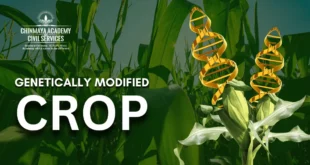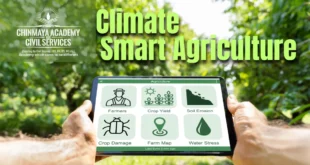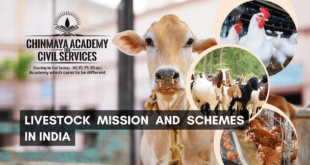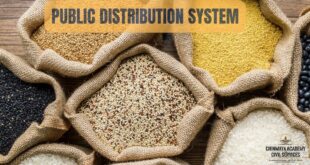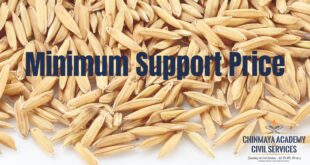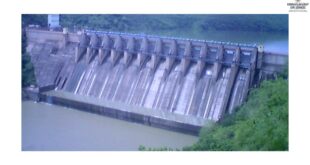Genetically modified (GM) crops, also known as transgenic crops, are plants that have had their genetic makeup altered in a way that doesn’t occur naturally. This is done through techniques like gene insertion, removal, or modification using genetic engineering tools. What are they? Crops with their DNA deliberately altered to …
Read More »Green Credit Program-UPSC
The innovative market-based Green Credit Program (GCP), announced on October 13, 2023, is intended to encourage voluntary environmental actions by a range of stakeholders, including individuals, communities, businesses, and private sector industries, across diverse sectors. The Indian Council of Forestry Research and Education (ICFRE) acts as the GCP Administrator, in …
Read More »Climate-Smart Agriculture
A strategy known as “Climate-Smart Agriculture” (CSA) aids in directing efforts to change agri-food systems towards environmentally friendly and climate-resilient methods. CSA is in favour of achieving globally recognised objectives like the SDGs and the Paris Agreement. The three main objectives of CSA Sustainably increase agricultural productivity and incomes: This …
Read More »LIVESTOCK MISSION AND SCHEMES IN INDIA
Livestock refers to the animals domesticated and raised in an agricultural set-up to procure products for consumption (meat, milk, wool, egg) and labour to supplement the farmer’s income. The livestock sector contributes 4.11% to India’s GDP and 25.6% of total agriculture GDP. It also provides employment to about 8.8% of …
Read More »PUBLIC DISTRIBUTION SYSTEM
The Public Distribution System (PDS) evolved as a system of management of scarcity through the distribution of food grains at affordable prices.
Read More »Minimum Support Price (MSP)
The Government of India sets Minimum Support Price (MSP) for certain agricultural products. MSP is a safety net for farmers that ensures a minimum guaranteed price for their produce. MSP protects farmers from market fluctuations and ensures a fair return on their investment. The MSP is based on a calculation of at …
Read More »Dam Management in India
Dam means any artificial barrier and its appurtenant structure constructed across rivers or tributaries thereof with a view to impound or divert water which also include barrage, weir and similar water impounding structures. Central Water Commission (CWC) compiles and maintains the nationwide register of Large Dams i.e., the National Register …
Read More »Understanding curbs on rice exports
Syllabus: Agriculture-Exports The story so far In a move to check domestic rice prices and ensure domestic food security, the Indian government has prohibited the export of white rice, levied a 20% export duty on par-boiled rice till October 15, and permitted the export of Basmati rice for contracts with …
Read More »Kharif sowing turns around to rise 1.2% amid excess rain
With aggregate rainfall in the country rising above the long-term average, Kharif crop sowing has picked up pace to lift overall levels 1.2% over last year by July 21, from a 2% deficit recorded a week earlier, spurring hopes of a relief in the pace of price rise of some …
Read More »NABARD
NABARD stands for the National Bank for Agriculture and Rural Development. It is an apex development bank in India that focuses on the promotion and development of agriculture, rural industries, and rural areas. NABARD was established on July 12, 1982, as an autonomous institution by the Parliament of India. The …
Read More » Chinmaya IAS Academy – Current Affairs Chinmaya IAS Academy – Current Affairs
Chinmaya IAS Academy – Current Affairs Chinmaya IAS Academy – Current Affairs
